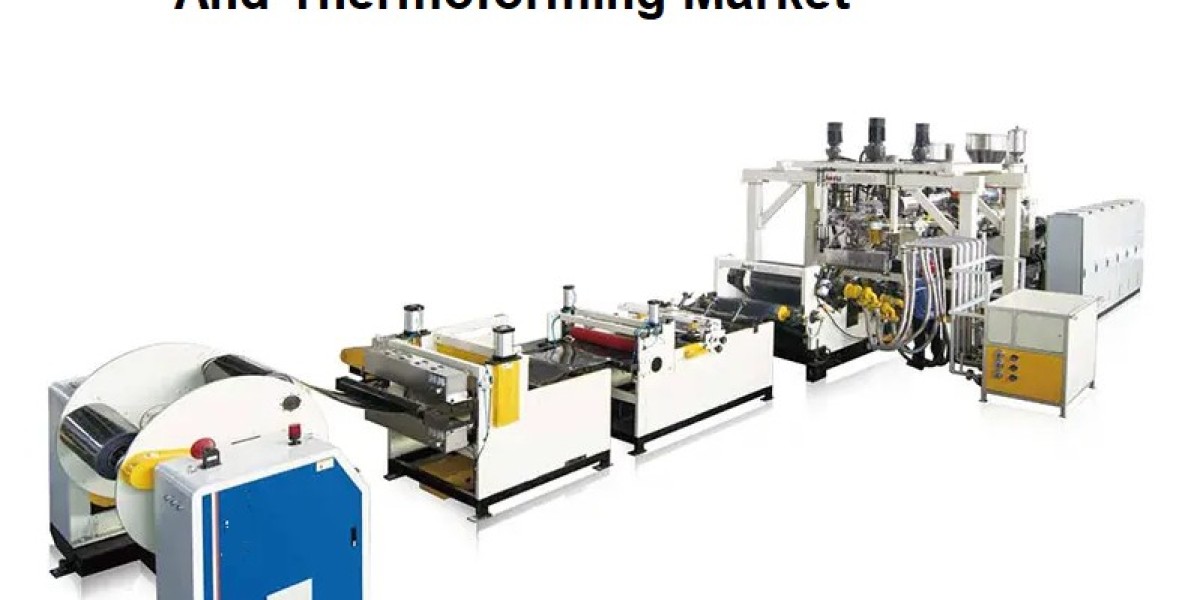In the contemporary landscape of aerospace engineering, carbon fiber has emerged as a game-changer, finding extensive application in the construction of aircraft bodies, wings, engine components, and more. But what attributes of this material have sparked a revolution in the aerospace industry? Let's delve into the key advantages that carbon fiber brings to the forefront of aerospace innovation.
What Makes Carbon Fiber the Preferred Choice in Aerospace Industry?
Versatility in Carbon Fiber Products
Carbon fiber is a versatile family of materials tailored to suit various aerospace applications, with the ability to produce different forms such as carbon fiber sheets and tubes. Carbon fiber sheets are prized for their exceptional strength and stiffness, crafted by layering carbon fiber fabric impregnated with resin. These sheets offer a high strength-to-weight ratio, corrosion resistance, and design flexibility crucial for aircraft components. On the other hand, carbon fiber tubes, made from reinforced polymer, exhibit excellent stiffness and torsional strength, ideal for wing spars and fuselage structures. Lightweight, high stiffness, and fatigue resistance make carbon fiber tubes indispensable in aerospace, ensuring structural integrity and enhancing aircraft reliability and safety.
Enhanced Structural Strength
Carbon fiber offers superior strength compared to traditional materials like aluminium, particularly concerning weight-to-strength ratio. When utilized in primary aircraft structures such as the body, carbon fiber provides unparalleled strength while simultaneously reducing weight, surpassing the capabilities of aluminium. This enhanced strength ensures the durability of airplane structures, crucial for withstanding forces such as wind resistance during flight.
Corrosion Resistance
Chemically stable and resistant to corrosion, carbon fiber stands robust in various environmental conditions encountered during flight, including heat, air, and pressure. Unlike aluminium, which is prone to corrosion, carbon fiber maintains its integrity over time, ensuring longevity and reliability in aircraft components. Furthermore, carbon fiber can be engineered with additives such as UV protection to enhance its resistance, further bolstering its durability.
Fuel Efficiency Boost
The weight of an aircraft significantly influences its fuel efficiency, with lighter aircraft requiring less fuel for propulsion. By integrating carbon fiber into various aircraft structures, the overall weight of the aircraft is substantially reduced compared to traditional materials like aluminium and steel. With carbon fiber weighing approximately 40% less than aluminium, this weight reduction translates into significant fuel savings, marking a substantial step towards reducing the carbon footprint of the aerospace industry and promoting environmentally sustainable practices.
Streamlined Fabrication Processes
Advancements in carbon fiber fabrication have streamlined production processes, making it increasingly accessible for aerospace manufacturers. While fabrication remains complex and relatively expensive, ongoing research and technological advancements have facilitated higher production levels and lowered costs. As a result, more aerospace manufacturers can now harness the benefits of carbon fiber in their aircraft designs, fostering innovation and efficiency across the industry.
Reduction in Component Count
Carbon fiber's versatility in moulding enables aircraft manufacturers to consolidate multiple parts into a singular mold, simplifying assembly and reducing manufacturing costs. Unlike aluminium, which often requires assembly of several parts, carbon fiber offers a singular solution, optimizing production efficiency and assembly timelines. This reduction in component count not only streamlines manufacturing processes but also contributes to overall weight reduction and enhanced aircraft performance.
Improved Aerodynamic Performance
Carbon fiber's properties contribute to improved aerodynamic performance, particularly in primary structures such as wings. The material's design, stiffness, and smoothness aid in reducing drag, enhancing overall aerodynamic efficiency. With carbon fiber now integrated into primary and secondary structures, aircraft benefit from improved aerodynamics, further enhancing fuel efficiency and lowering operational costs.
Case Studies Showcasing Carbon Fiber's Impact
Boeing 787 Dreamliner: Pioneering carbon fiber usage in aviation, influencing spacecraft design through weight reduction and improved fuel efficiency.
SpaceX Dragon Capsule: Utilizing carbon fiber components for efficiency in cargo and crewed missions to the ISS.
Airbus A350 XWB: Extensively integrating carbon fiber composites for enhanced fuel efficiency and structural integrity.
NASA's Orion Spacecraft: Utilizing carbon fiber components to enhance structural strength while minimizing weight for deep-space exploration.
Boeing CST-100 Starliner: Incorporating carbon fiber for payload capacity and astronaut safety in crewed spaceflight.
OneWeb Satellites: Employing carbon fiber in satellite construction for cost-effective global internet constellation deployment.
Solar Orbiter: Incorporating carbon fiber-reinforced polymer components for durability in studying the Sun's harsh conditions.
Blue Origin's New Shepard Rocket: Utilizing carbon fiber for structural integrity and weight reduction in suborbital flights for space tourism.
Mars Science Laboratory (Curiosity Rover): Demonstrating carbon fiber's versatility in planetary exploration through composite materials in the rover's structure.
SpaceX Starship: Enhancing efficiency and performance in interplanetary travel through a combination of stainless steel and carbon fiber composites.
Conclusion
In summary, carbon fiber has revolutionized the aerospace industry by offering a myriad of advantages ranging from enhanced structural strength and corrosion resistance to improved fuel efficiency and streamlined fabrication processes. As the aerospace sector continues to embrace innovation, carbon fiber remains at the forefront, driving advancements in aircraft design, performance, and sustainability. With its unparalleled capabilities, carbon fiber is poised to shape the future of aviation, propelling the industry towards greater efficiency, reliability, and environmental responsibility.
Source by- https://theamberpost.com/post/advantages-of-carbon-fiber-in-the-aerospace-industry



